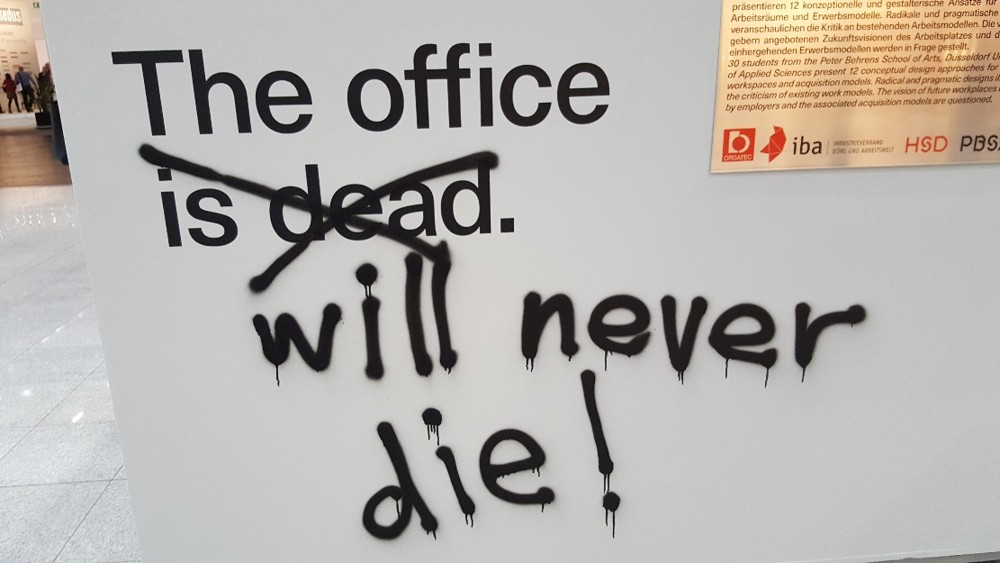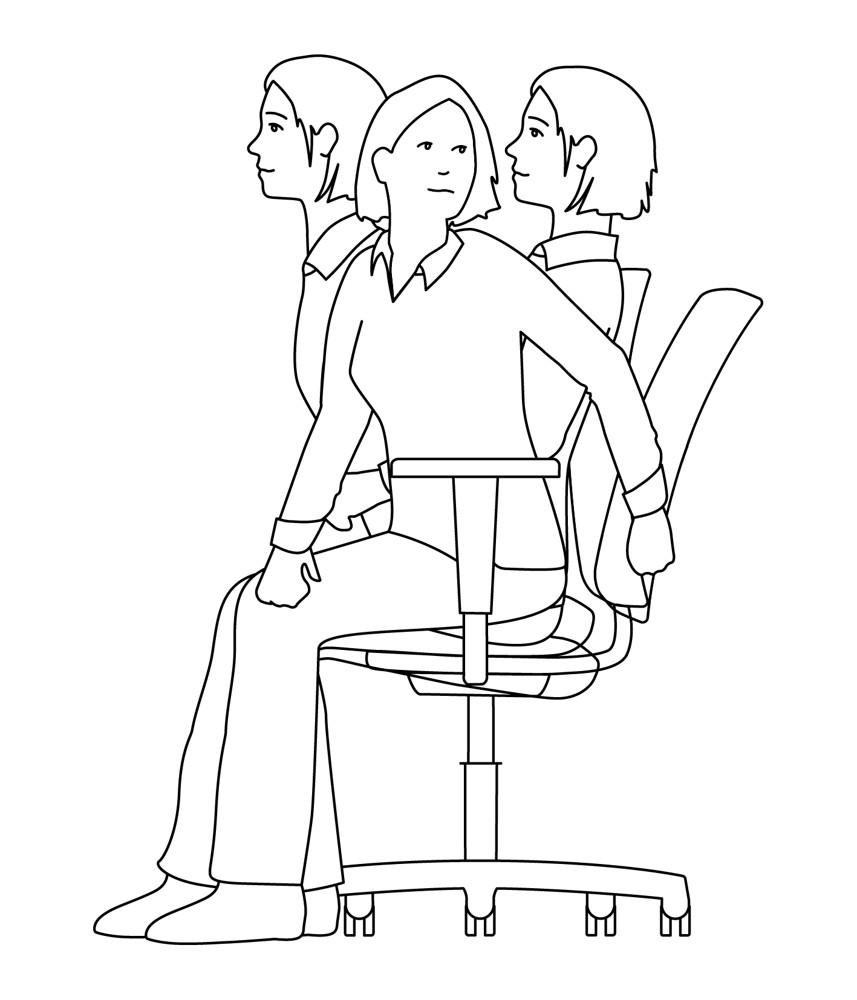Englisch und Spanisch sind die zwei wichtigsten Sprachen in der Geschäftswelt. In diesem Teil unserer Fremdsprachenserie zeigen die Experten der Sprachschule Iberika, wie Sie in diesen Sprachen ein Telefonat führen können.
Englisch
For many people talking on the phone in English is more difficult than face-to-face communication. You can’t see the person you’re talking to and the background noises make it difficult to hear clearly what the person is saying. It also requires special vocabulary. Here’s a handful of phrases that will make talking on the phone in English easier than ever!
Every phone call should start with an introduction – a sentence on what your call is regarding and a short description of what you need. You should state your name, where you are from and why you’re calling:
Hi, this is ... from ...
Good morning, I’m calling on behalf of ...
May I speak to ..., please?
I’d like to speak with/to ...
I’m calling about/in regard to …
I’d like to know ...
I have a question regarding/about ...
For example: Hello, this is Tim Cole from ABC company. I’m calling in regard to your email. I have a question about ...
Sometimes you might find it difficult to understand people on the phone. It’s OK to ask them to repeat any piece of information until you have understood it. You may also need to ask them to speak more slowly:
Could you please repeat that?
I’m afraid I didn’t catch what you just said.
Can you please speak a little more slowly?
Sorry, could you please speak up?
You may need to check some information or clarify what the caller is saying:
Let me repeat your information to make sure I got it right.
Could we just check if I got that right?
Let me read that back to you.
Here are some phrases you can use while dealing with telephone problems:
The line is very bad.
I’m afraid I can’t hear you very well.
I’m sorry, I’m losing you.
You’re breaking up. I’m having trouble hearing you.
Hi, it’s Monica again. We got cut off.
And finally, here’s how to end a conversation in a friendly and polite way:
It’s been great talking with you.
I’ve got another call coming in. Good talking to you.
I better let you go now!
Thanks for calling. I’ll speak to you again soon.
Spanisch
Telefongespräche, unabhängig davon, in welcher Sprache man sie führt, sind immer komplizierter als ein Gespräch von Angesicht zu Angesicht. Hauptsächlich, weil Elemente der non-verbalen Kommunikation fehlen, wie etwa Gesten und Körpersprache, welche uns sonst dabei helfen, die Aussage und Intention des Gesprächspartners leichter zu entschlüsseln. Hinzu kommt, dass man beim Telefonieren eine spezifische Sprache verwendet. Die folgende Liste mit oft verwendeten und nützlichen Sprachmitteln soll Ihnen helfen, am Telefon auf Spanisch zurechtzukommen. Es handelt sich um Redewendungen, die derjenige verwendet, der einen Anruf tätigt.
Bei jedem Anruf muss man sich vorstellen. Für gewöhnlich stellt sich derjenige, der den Anruf tätigt, vor und nennt den Grund des Anrufs.
Hola, buenos días, soy … de la empresa ...
Llamo del departamento de la empresa …
Llamo de parte del director de ...
¿Puedo hablar con el Sr …, por favor?
Me gustaría hablar con la Sra. …, por favor.
Llamo por la reunión con su jefe, el Sr. ...
Llamo para informarme sobre ...
Tengo una pregunta referente a …
Manchmal ist es schwer, alles zu verstehen, was der Gesprächspartner am Telefon sagt. In solchen Fällen ist es notwendig, ihn zu bitten, die Information zu wiederholen. Hier einige Formulierungsvorschläge, um den Gesprächspartner zu bitten, langsamer bzw. etwas lauter zu sprechen:
¿Puede repetir, por favor?
¿Podría hablar más lento, por favor?
Creo que no he entendido lo que ha dicho.
Perdone, ¿Puede hablar más alto, por favor?
Vielleicht müssen Sie auch eine Information bestätigen oder erklären:
Voy a repetir su información para estar seguro/a de que lo he entendido.
¿Me puede confirmar si es así lo que ha dicho?
¿Déjeme leer la información para confirmar que lo he entendido?
Die folgenden Sätze können Ihnen helfen, während des Telefongesprächs ein Problem auszudrücken:
La conexión es muy mala.
Creo que hay problemas en la línea.
Lamentablemente no lo/la escucho.
La conexión/la línea se corta.
Soy yo otra vez, es que se cortó.
Und zum Abschluss einige Redewendungen, um ein Telefongespräch zu beenden:
Ha sido un placer hablar con usted.
Le agradezco su atención.
¡Muchas gracias por las informaciones y hasta pronto!

























































